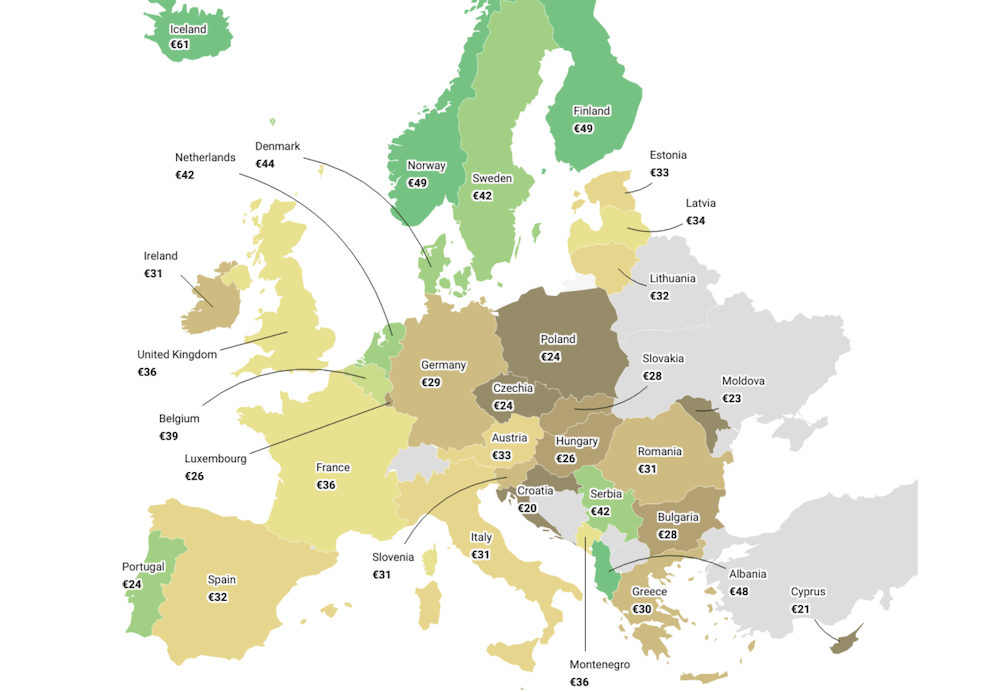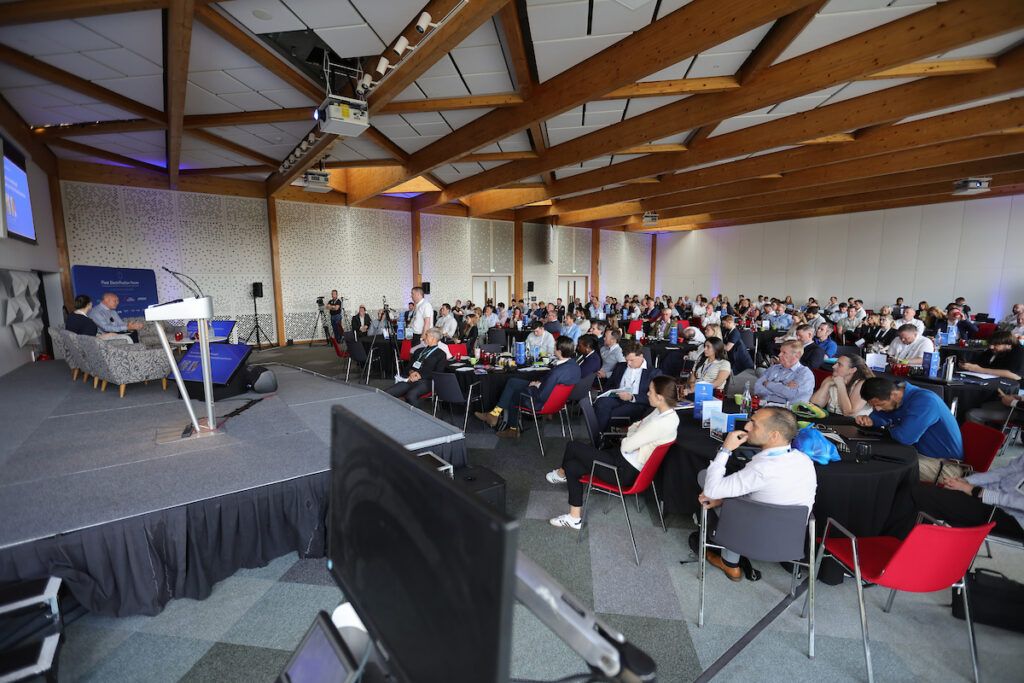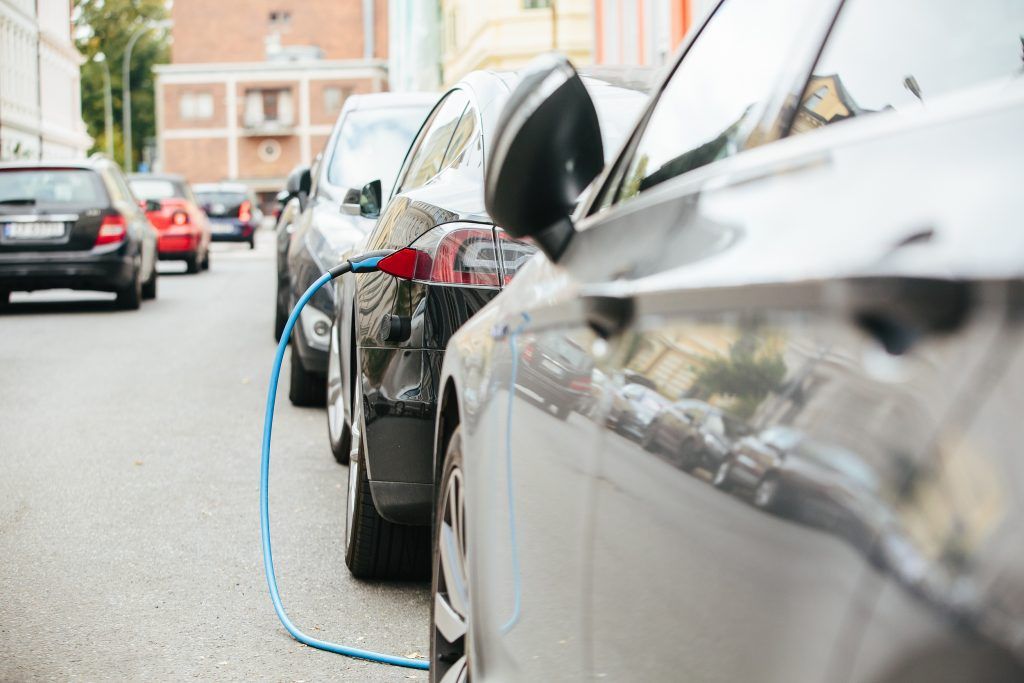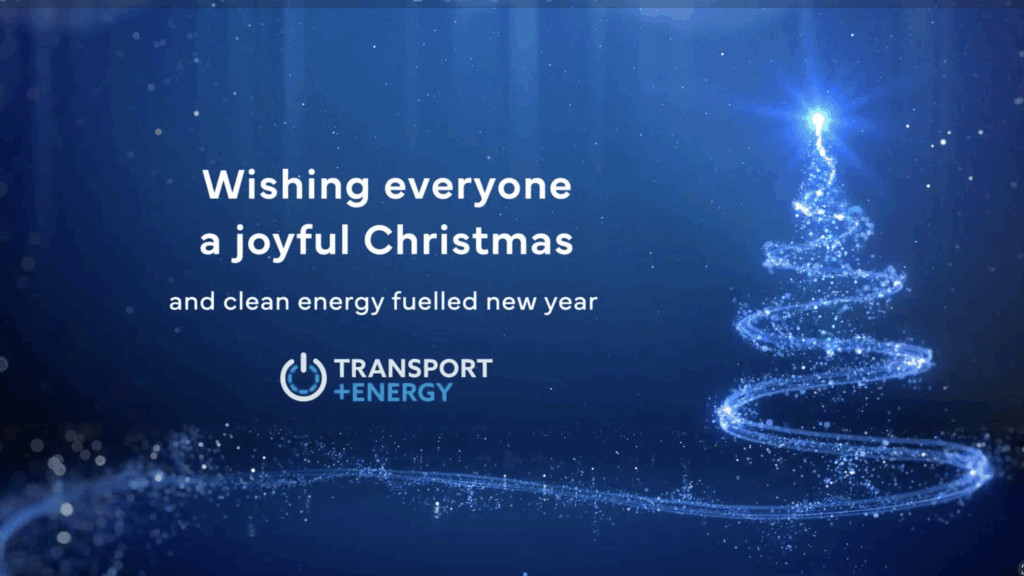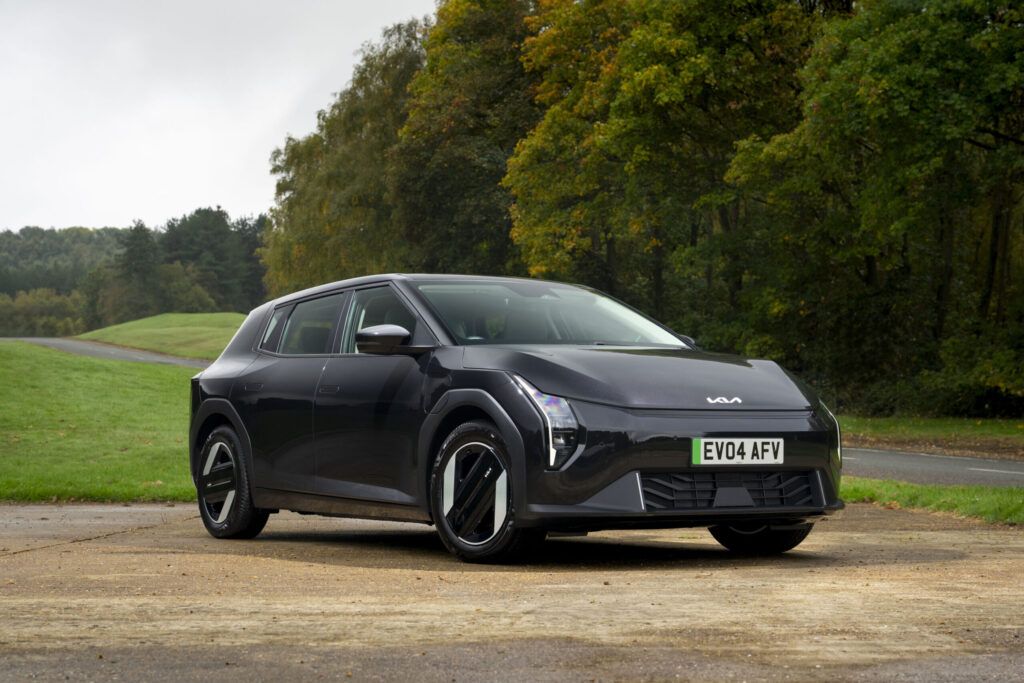New research has shown how much fleet operators can save per 100km (62 miles) from recharging an electric HGV against refuelling a diesel HGV in each European country.
The study by digital solutions provider for mobility firm Snap, found Iceland offers the highest estimated energy cost savings at €61.03 per 100km, while Croatia ranks last with €19.96 in savings.
The UK sits in 11th place, with an estimated €36.23 in savings per 100km.
By 2030, it is estimated by Mckinsey & Company that more than 300,000 public and private charge points will be required across Europe to meet the demands of medium and heavy-duty trucks, up from around 10,000 today.
The transition to electric HGVs is met with substantial challenges, and further investment and research will be needed to help fleet operators and drivers confidently make the switch to electric HGVs, it said.
The Top 10 Countries with the Highest Cost Savings in Europe:
Electricity vs diesel savings (€) on recharging per 100km
- Iceland – €61.03
- Norway – €49.31
- Finland – €49.12
- Albania – €47.65
- Denmark – €44.23
- Sweden – €42.24
- Serbia – €41.60
- Netherlands – €41.58
- Portugal – €40.91
- Belgium – €38.85
The Top 10 Countries with the Lowest Cost Savings in Europe:
Electricity vs diesel savings (€) on recharging per 100km
- Croatia – €19.96
- Cyprus –€ 21.16
- Moldova – €22.72
- Czechia – €23.51
- Georgia – €24.21
- Poland –€24.22
- Hungary – €25.77
- Luxembourg –€ 26.27
- Malta – €27.39
- Bulgaria – €28.07
Snap said that eHGVs, fuel and biofuel will all play a “vital role in meeting the UK’s climate goals” but advancements in battery technology, eHGV performance and investment in megawatt charging are “essential to building a more reliable and accessible charging infrastructure across Europe”.
Strengthening infrastructure will help reduce drivers’ anxiety around charging and increase confidence in electric trucks, with fleet managers able to “ease the transition” by training drivers on planning and charging etiquette, it added.
Nick Renton, Head of European Strategy & Business Development at Snap, said:
“Our research revealed discrepancies around Europe of up to 54% between the countries with the highest and lowest savings when recharging an eHGV. As the industry works toward meeting environmental targets, it’s imperative that fleet operators and drivers have the confidence and the infrastructure to transition to electric vehicles and benefit from the cost savings in every market.
“We want to see industry leaders support fleet operators and drivers in overcoming some of the challenges to EV adoption, such as limited infrastructure, unreliable charge points and high-up front costs.
“All industries will need to play their part in helping to meet climate goals across Europe and we feel it is important that both fleet operators and drivers are supported in making any necessary transitions. While we celebrate the potential cost saving from eHGVs, we also recognise that fuel will remain part of the energy offering, however, biofuel will play a vital role in meeting environmental objectives.”
Image courtesy of Snap



